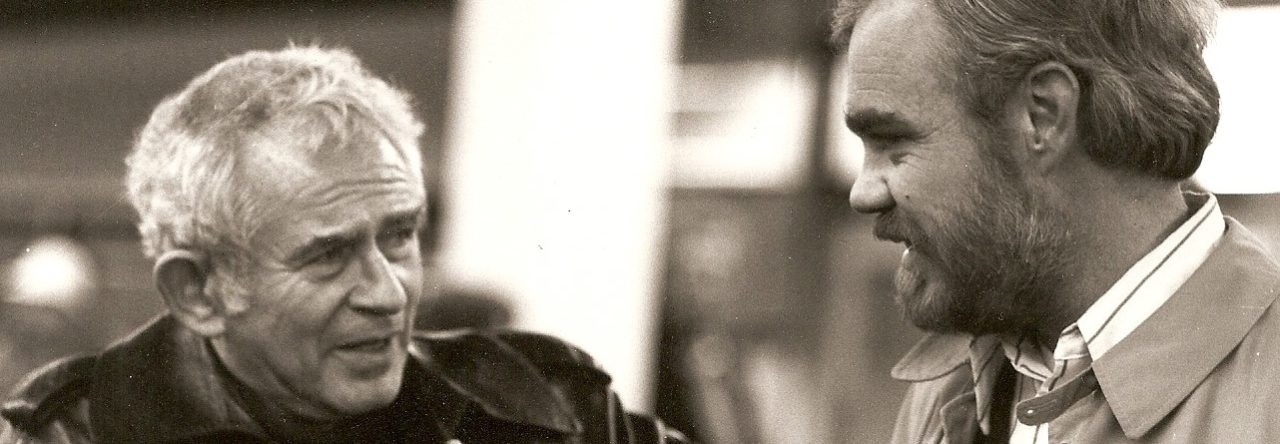DID YOU KNOW? The first preface, foreword or introduction to the work of another writer that Mailer wrote was for Seymour Krim’s 1961 collection of essays, Views of a Nearsighted Cannoneer (Excelsior Press). Krim, a Greenwich Village hipster who was sometimes described as a scaled-down version of Mailer, met Mailer in the early 1950s, and wrote several essays about him, including a wonderful, funny, tissue of complaints in New York (April 1969), “Norman Mailer, Get Out of My Head.” Along with Allen Ginsberg and Noel Parmental, Jr., Krim was supposed to be one of Mailer’s press secretaries in his aborted campaign for mayor of New York on the Existential Party ticket. Prior to writing the foreword for Krim’s collection, Mailer had been averse to writing such pieces on the grounds that he was diluting his own work. But as time went on, he wrote dozens of them for various friends. Here is the foreword, in its entirety:
Krim in his odd honest garish sober grim surface is a child of our time. I think sometimes, as a matter of style, he is the child of our time, he is New York in the middle of the 20th Century, a city man, his prose as brilliant upon occasion as the electronic beauty of our lights, his shifts and shatterings of mood as screeching and true as the grinding of wheels in a subway train. He has the guts of New York, old Krim, and it is not so impossible that when the digital computer in the mind of new historians begins to tick over the psychic ash heaps and spiritual dumps of this insane, cruel, rapacious, avid, cancerous and alas—in the end—cowardly city, they will say if they have a sense of the past that yes, in the work of Seymour Krim lives one of the truest beats of how horrible, how jarring, how livid and how exciting was this city where the best of us burned and burned without a war, an underground, or a passion for the blood.
Norman Mailer
New York, September 1960
